Jeff Campbell and Spin VFX found again the director of LEGION, Scott Stewart, for a new adventure with PRIEST. In the following interview, Jeff talks about his work on this film.
How was your collaboration with director Scott Stewart and Production VFX supervisor Jonathan Rothbart?
Scott and Jonathan know exactly what they want and speak our language. We received concise answers and direction. This allowed our team to really focus without any guesswork.
What was your feeling to work again with Scott Stewart after your last collaboration on LEGION?
It felt great to know that Scott was happy with our work and wanted to work with us again. Scott’s VFX background makes for a totally open working relationship with no surprises.
What are the sequences made by SPIN VFX? Can you explain the creation of vampires?
Scott and Jonathan were very hands on during the creature development process. The creatures were developed in advance of any of the facilities getting the assets. Once we received the Drone and Queen assets with textures and look references our job was to build our own rigs and shaders for the creatures and integrate them into our pipeline.
Some shots contains an impressive number of vampires. How did you handle the animation of so many vampires in these shots?
We had our work cut out for us. We couldn’t use Massive because we wanted full creative control over all the individual actions. All the creatures were keyframed. Creative changes had a big domino effect since they were all climbing and fighting each other.
What were your references for the vampire animation?
The vampires had to predominantly be on all fours and move around in a spidery way. For any attacks and takedowns, we would reference cat, lion and football player footage. The facial animation was limited to a slight brow movement. The majority of the character emotions came from the teeth, lips and head positions. They also had a form of communication in which they would do a kind of quick motion with their mouths at each other.
How does the presence of vampires simulated on the set?
Gray suited actors were used as reference and for interaction but none of our shots had them. It was all good old-fashioned keyframing led by Peter Giliberti, our Animation Director to give them a truly non-human character.
How did you create the transformation of the pupil of Black Hat?
Using Inferno’s distort mesh, displacements and paint. I made the pupil dilate and then contract as all the veins and capillaries bugged out and turned red and sore.
Can you explain the creation of the Vampire pods on the train?
We were asked to replace the practical pods in 23 shots. They were challenging shots were we had to roto out the actors and replace the entire environment with CG animated pods. The pods had to receive the actors’ flashlight beam so we did volume light passes that were match moved to the original plate. Camera tracking was difficult because the only reference points we had were on pods that moved independently due to the rocking train motion. We accomplished the look using some pretty gross displaced veined textures, subsurface scattering and cloth sims. We animated the vampire model inside the pods which drove the cloth simulations.
We did develop and build the Vampire pods. Most of the tech development for animation was spent on the vampire drone crowd generation and of their squirming movements within the pods. The tech solution for the pod movements was very similar to bone and muscle simulations except that the skin membranes had more elasticity. For this solution we used a cloth envelope with rigid bodies that could be deformed with the vampire drone rigs. Then we would just simulate this solution over the animation of the rigs.
How did you create the sunburn on vampires?
We created a volumetric wall of light and as the vampires moved forward into the light their flesh burned and turned red. We based the look of the charred flesh on reference of actual burn victims. For the transition, from the volumetric lights above revealing the burnt areas over time, going from the pass of normal skin texture render to the pass of burnt texture render. Scott didn’t want the traditional Vampire turning into ashes effect; he just wanted them to get a really bad 3rd degree burn.
Can you explain the impressive shot in which Brad Dourif is bitten by Black Hat and transforms into a slave?
I do like to fit in some challenging shots while I’m supervising and this was one of them. The shot was completely done in Inferno. We had a head scan of Brad that I match moved and used to receive animated texture projections. The projected textures involved veins creeping around his face and eyes that were animated by paint reveals and bump mapped for depth. His pasty skin and dark sallow eyes were added using animated garbage masks over the duration of the shot. This reminded me of the beat up Angel face shots I did in FIGHT CLUB.
How did you create the huge hive?
The hive was derived from a Lidar scan of the real set that we extended and projected a huge hi res matte painting onto it.
What was the biggest challenge on this project?
Replacing all the Vampire pods. We were basically replacing everything in these shots except for the characters that had to be meticulously roto scoped.
Was there a shot or a sequence that prevented you from sleep?
No, I try not to worry too much about work to keep my sanity.
How long did you work on this film?
We worked on this film for about 3 months plus another month working on stereo versions of our shots.
How many shots have you made and what was the size of your team?
We had 97 shots with a team of 40. The shots assigned to SPIN mainly involved creature work, the Vampire Drones (exclusive to SPIN), the Queen Drone and Drone Pods.
What did you keep from this experience?
A great working relationship with Scott Stewart and Jonathan Rothbart, I look forward to collaborating on many more films with them in the future.
A big thanks for your time.
// WANT TO KNOW MORE?
– Spin VFX: Dedicated PRIEST page on Spin VFX website.
// PRIEST – VFX BREAKDOWN – SPIN VFX
© Vincent Frei – The Art of VFX – 2011


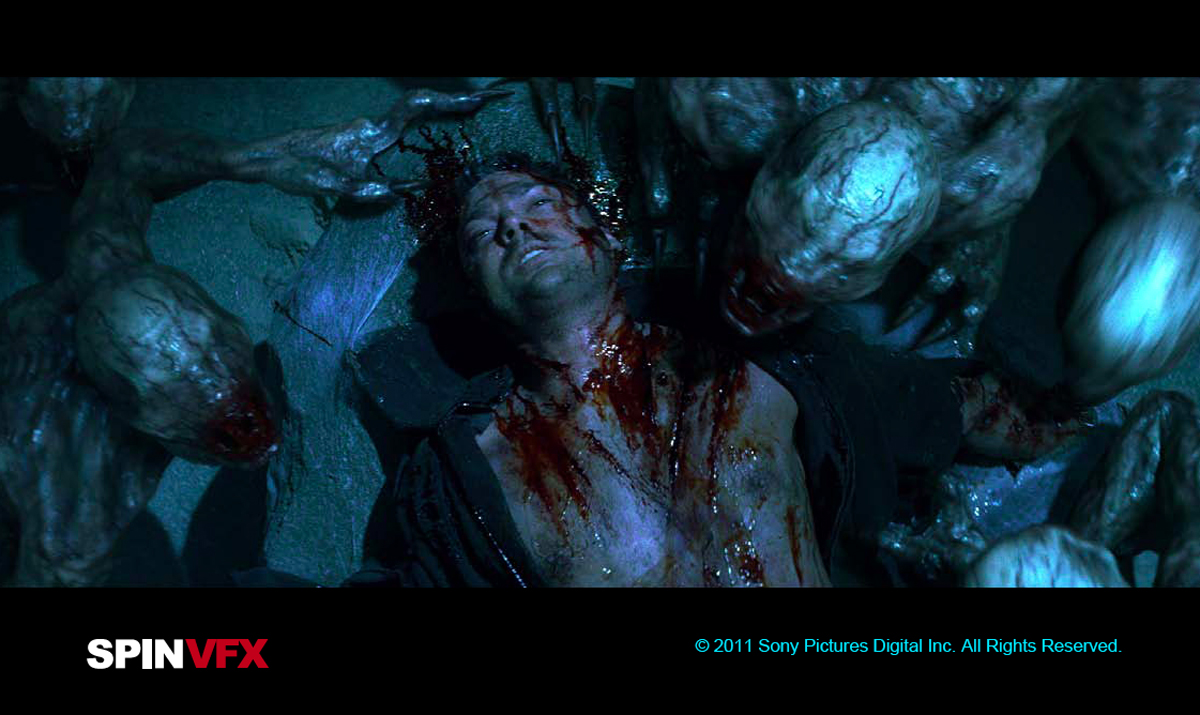
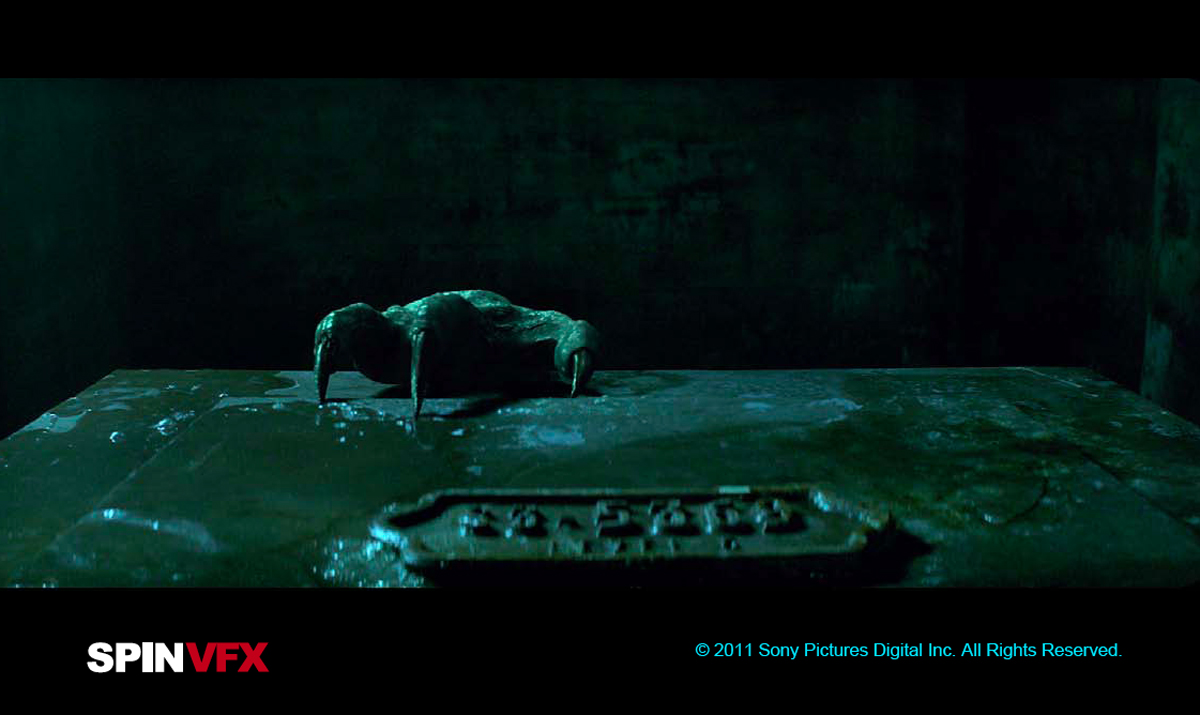
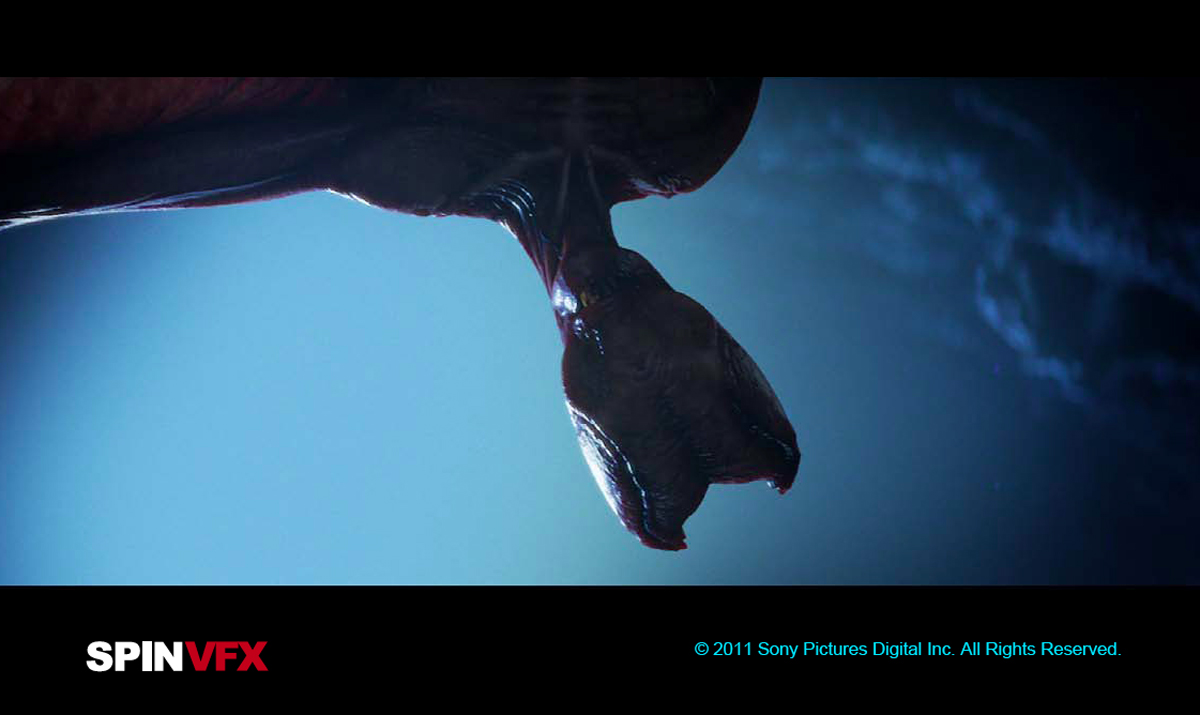
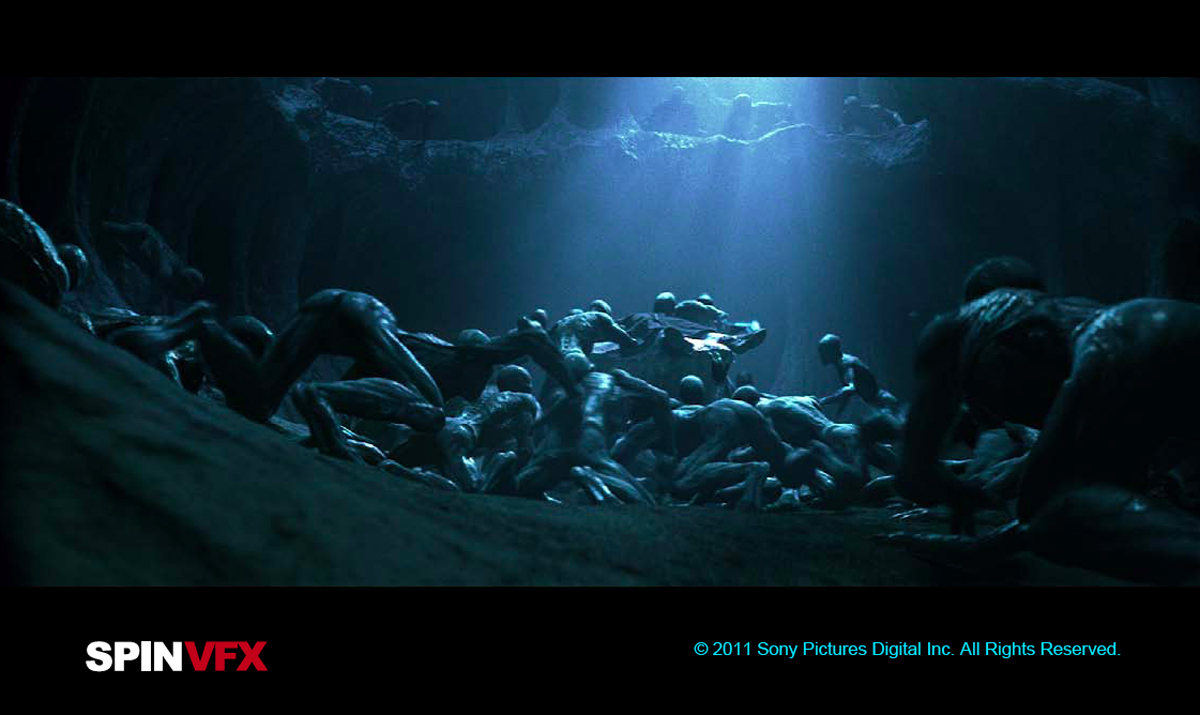
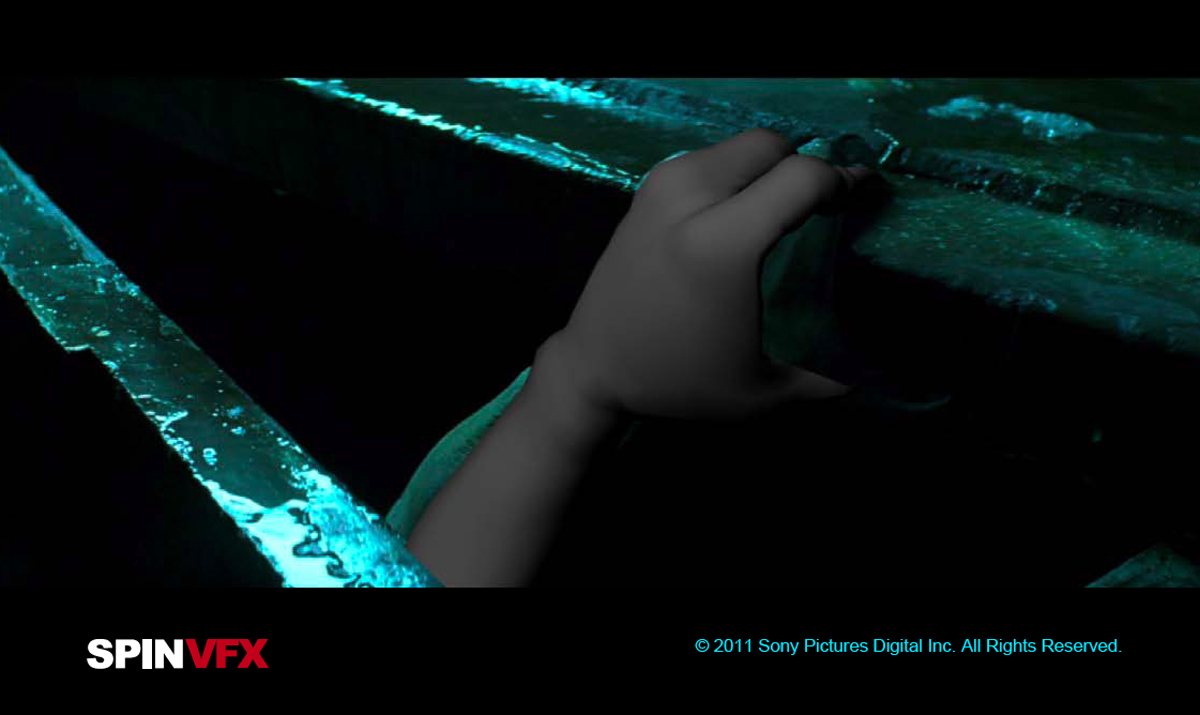
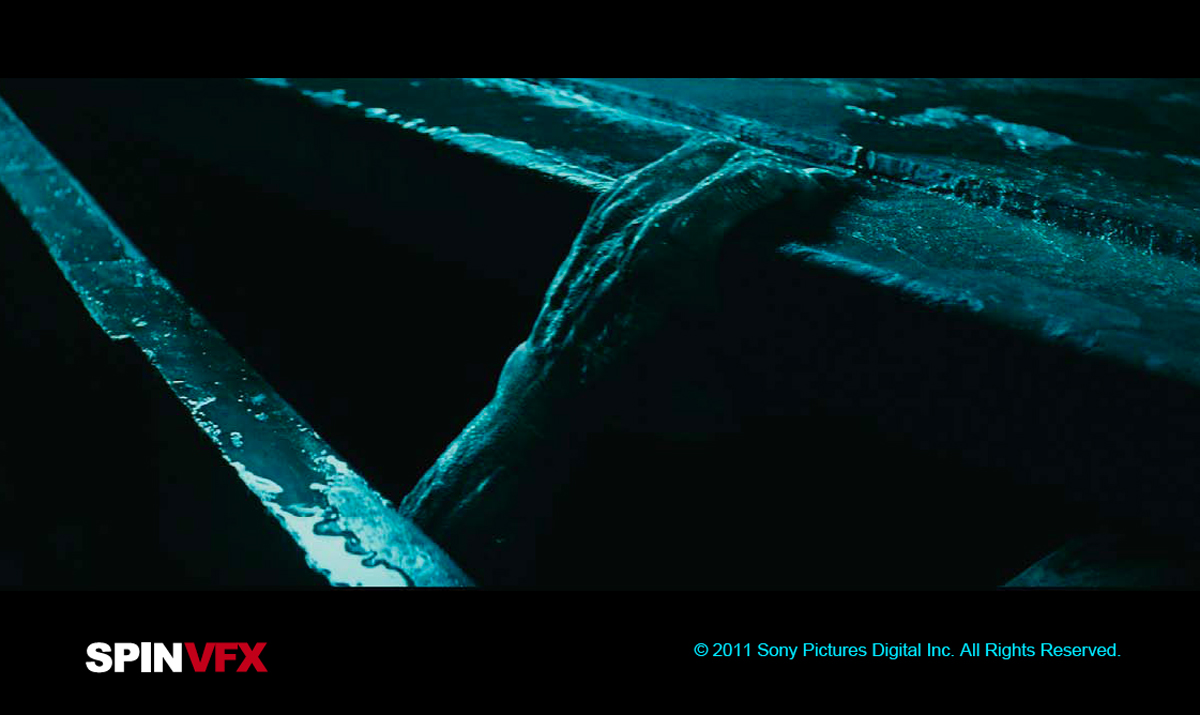

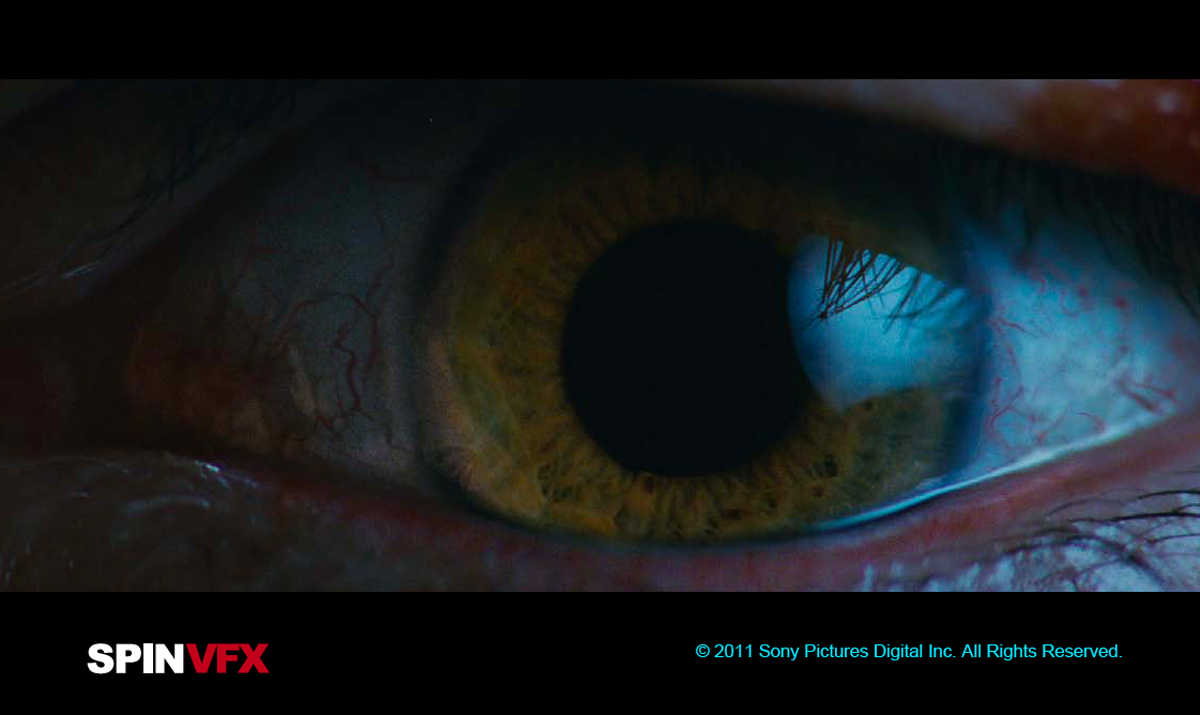
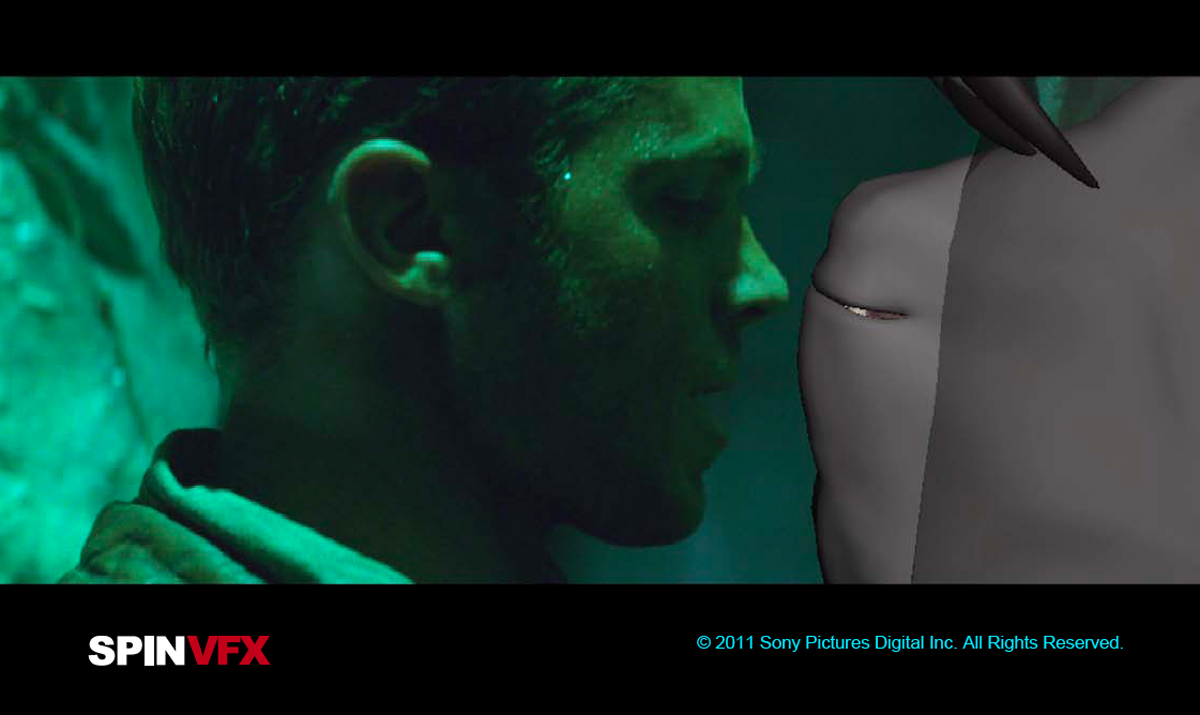
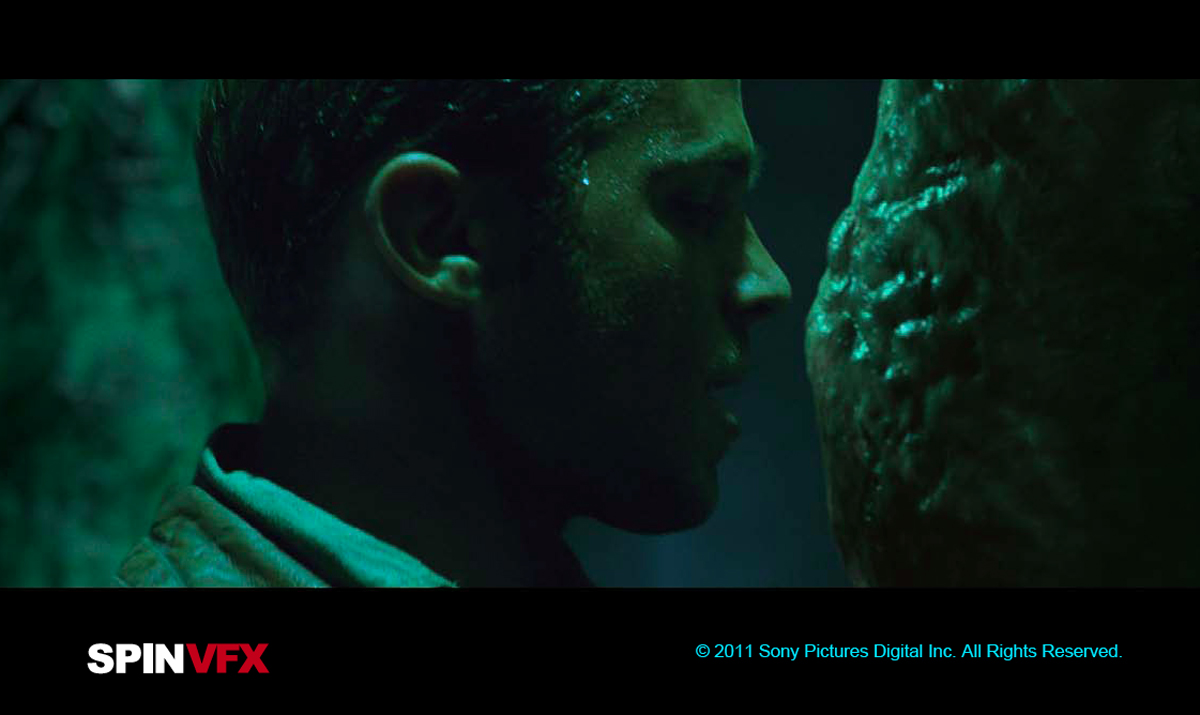
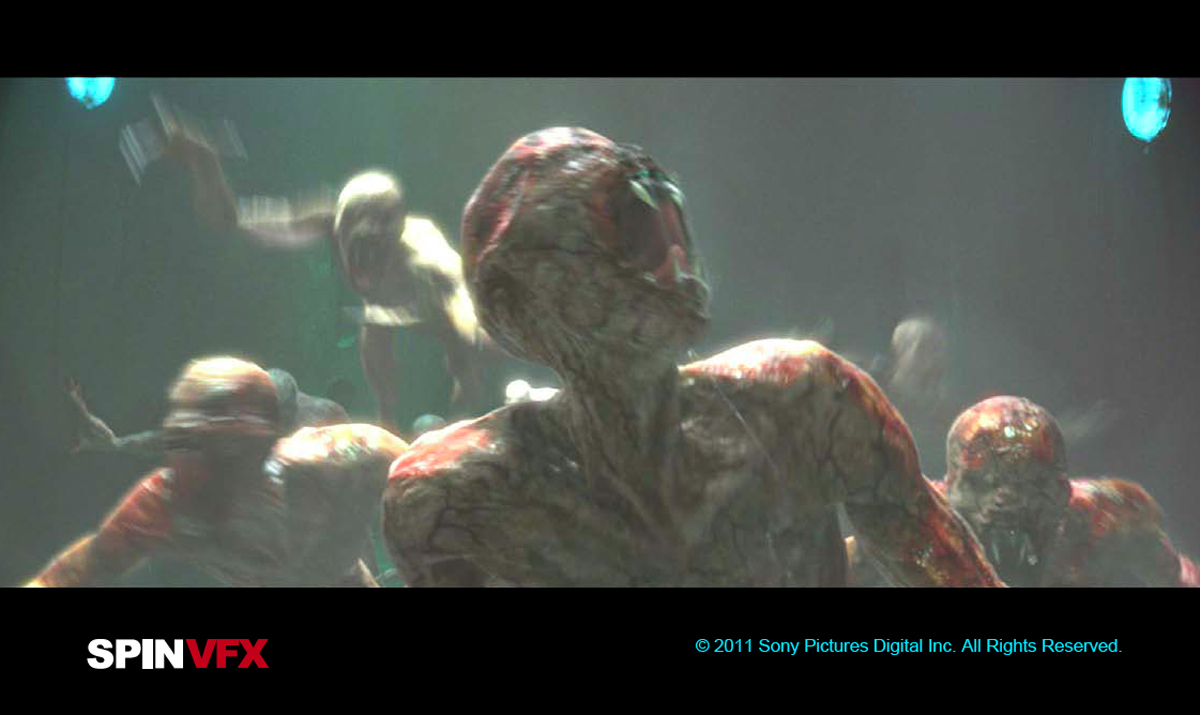
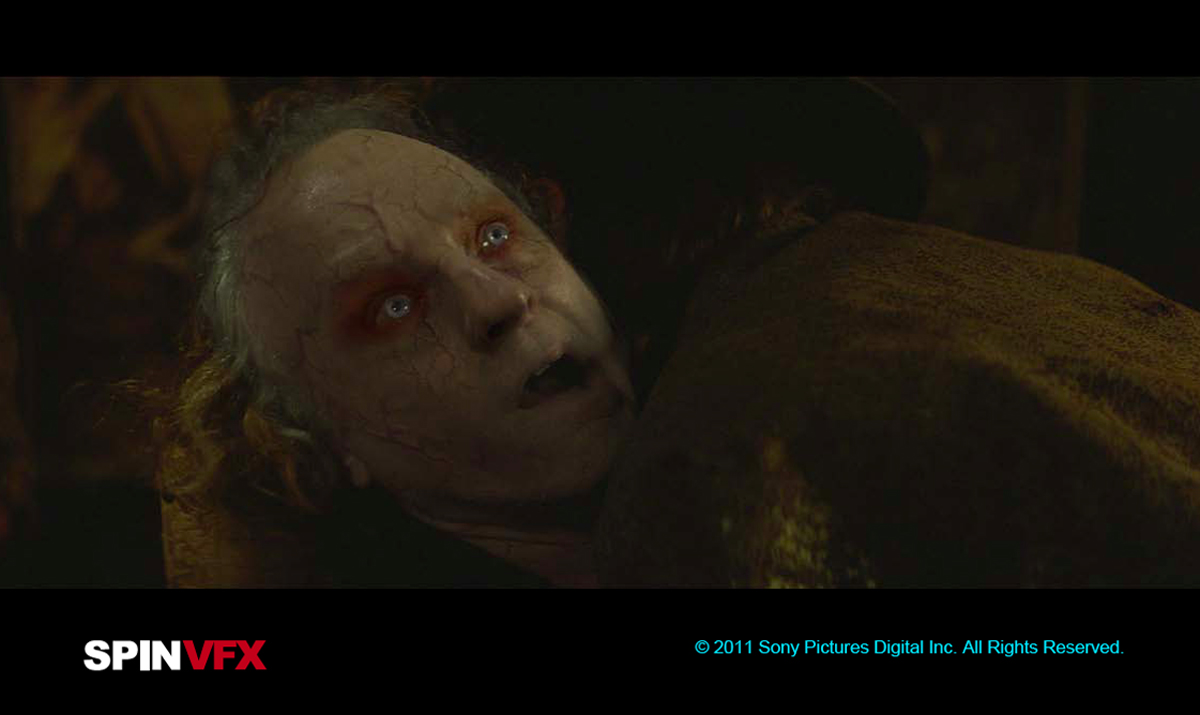
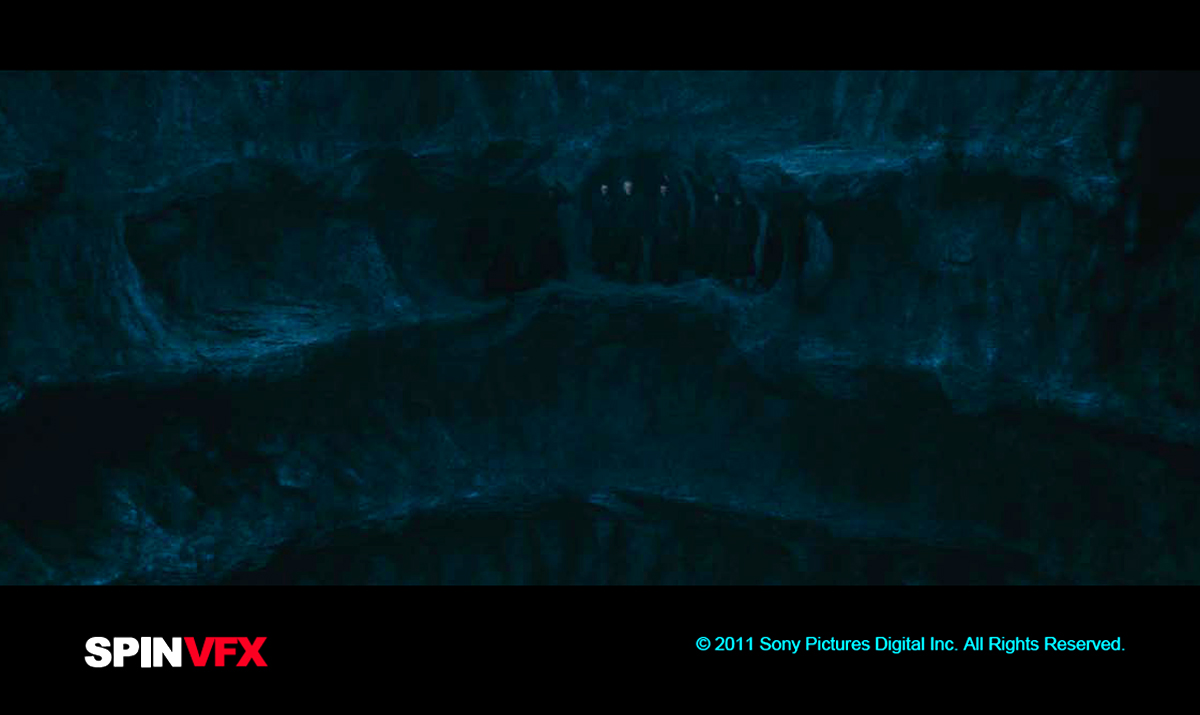
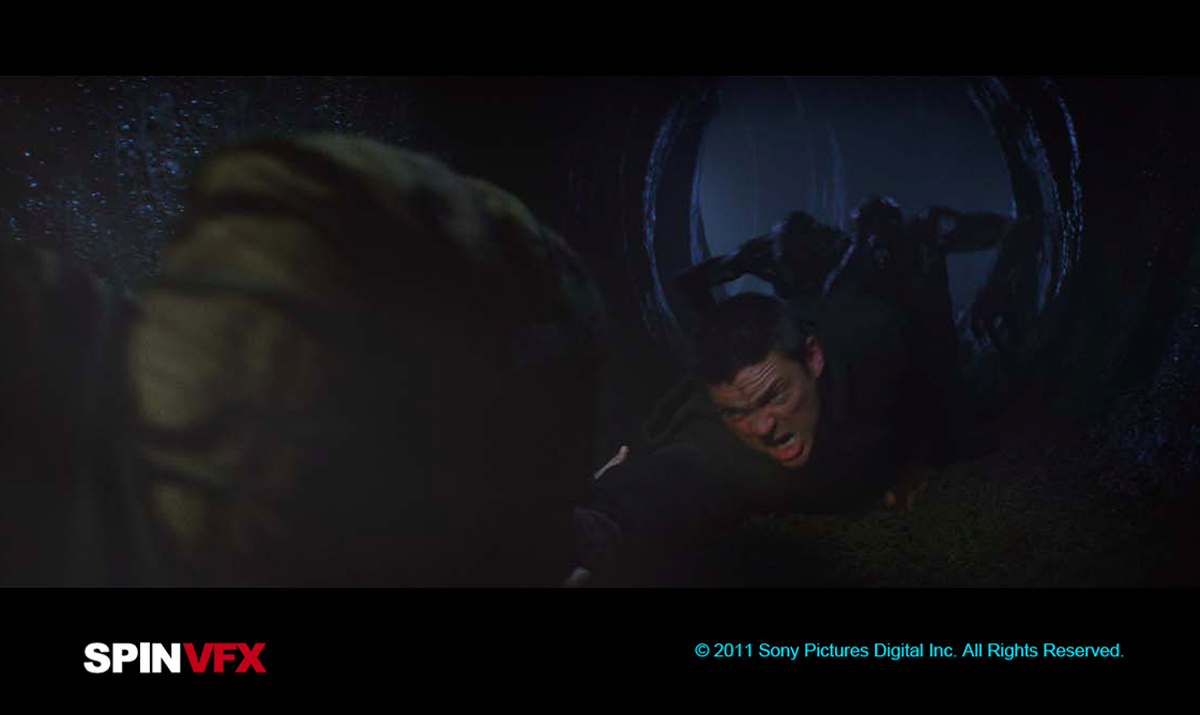
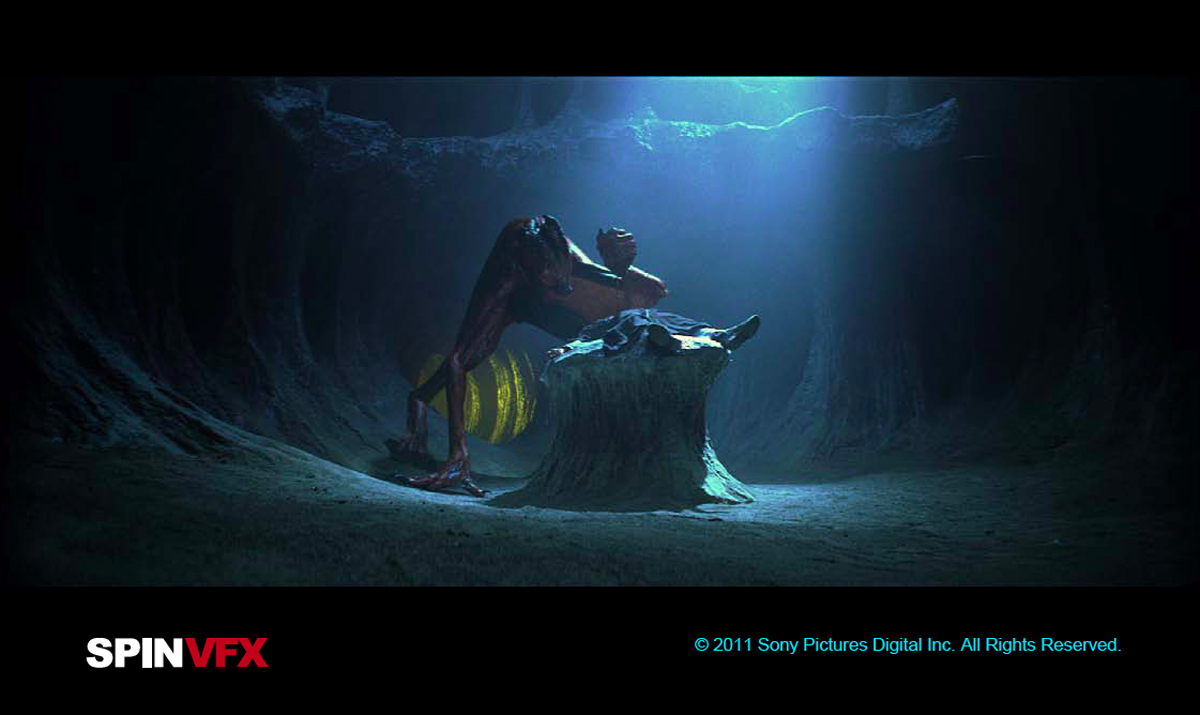





Great Video of the PRIEST VFX breakdwon….
A MUST-SEE!